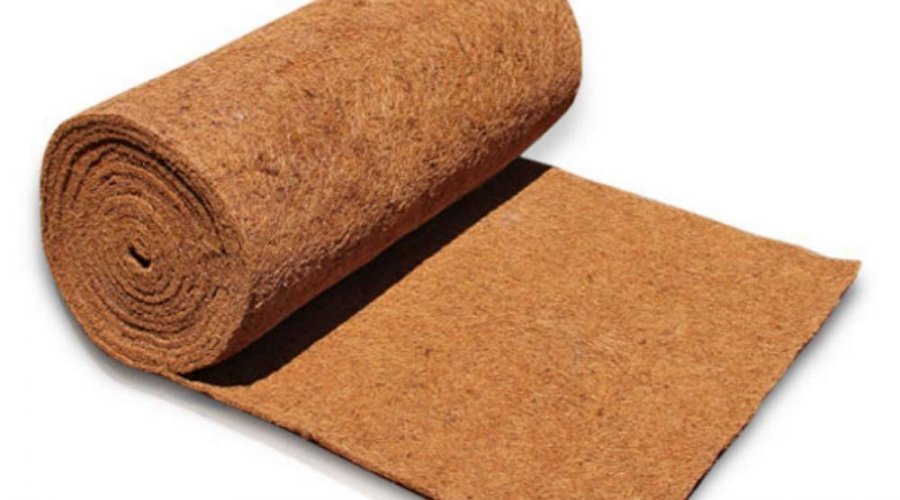Benefits Of Using Coco Mulch In Your Garden
- Saturday, 4th Dec, 2021
- Admin

Coir fiber comes from inside the coconut shell and is a natural byproduct of the processing of coconuts. The fibers are isolated, cleaned, arranged, and reviewed prior to delivery. The coarse, strong fiber is utilized to make rope, floor mats, brushes, sleeping cushions, and, landscape mulch. Lately, coir has become broadly utilized by nursery workers as a mulch, soil alteration, and gardening soil fixing.
Coir is an extraordinary substitute for cypress mulch or peat moss in light of the fact that:
(1) It is a restoration asset.
(2) Its gathering doesn't cause ecological harm.
(3) It doesn't contain sickness creatures that can be communicated to plants.
Renewability – Coir mulch is a sustainable asset, in contrast to peat moss, which comes from non-inexhaustible, lessening peat bogs. Also, peat mining isn't harmless to the ecosystem, while collecting of coir represents no danger to the climate.
Water Retention – Coir mulch holds 30% more water than peat. It retains water effectively and depletes well. This is a significant advantage in dry season tormented regions, as the utilization of mulch might lessen water use in the nursery by as much as 50%.
Compost – Coir, which is wealthy in carbon, is a valuable expansion to the compost pile, assisting with adjusting nitrogen-rich materials like grass clippings and kitchen waste. Add coir to the compost pile at a rate of two sections coir to one section green material, or utilize equivalent amounts of coir and brown material.
Soil Amendment – Coir is a flexible substance used to improve difficult soil. For instance, coir mulch assists sandy soil to retain nutrients and moisture. As an alteration for mud-based soil, coir further develops soil quality, forestalling compaction and permitting more liberated development of moisture and supplements.
Soil pH – Coir has a close impartial pH level of 5.5 to 6.8, in contrast to peat, which is exceptionally acidic with a pH of 3.5 to 4.5. This is an optimal pH for most plants, except for corrosive adoring plants like rhododendron, blueberries, and azaleas.
Coir mulch has other advantages. Because it both holds water and drains well, coir mulch helps moderate moistures levels in the garden. It also moderates soil temperature, cutting temperature fluctuation in half. Like any good mulch material, coir helps control weeds.
One of the biggest benefits of coir mulch or coco mulch is its lightweight. Coir mulch or coco mulch comes in tightly packed, lightweight blocks, which expand when exposed to water. It’s also quite attractive, and its rich brown color doesn’t fade.
Coir mulch or coconut mulch mat is organic, biodegradable, renewal, and nice-looking. It’s made a big splash on the garden scene as gardeners look for more ways to be sensitive to the environment. You can do your part to protect limited resources by substituting coir for other materials and recommending coir mulch to fellow gardeners.
Gardeners mulch their nursery beds with coir a few inches thick, beginning when the soil heats up in the spring. They additionally add it to potting mix at the pace of three sections of hydrated coir mulch to one section of soil. Coir likewise makes a gorgeous fixing on the grower, with the additional benefit of decreasing the requirement for watering.
A few gardeners use it as a change to further develop fertilizer and nursery soil. It's additionally substantiated itself as a great growth safe mechanism for establishing cuttings.
Where to buy Coco Mulch: CocoHouse Australia has a great selection of coco mulch available.